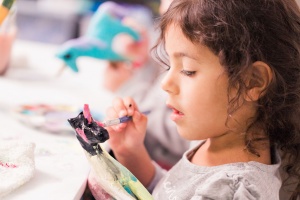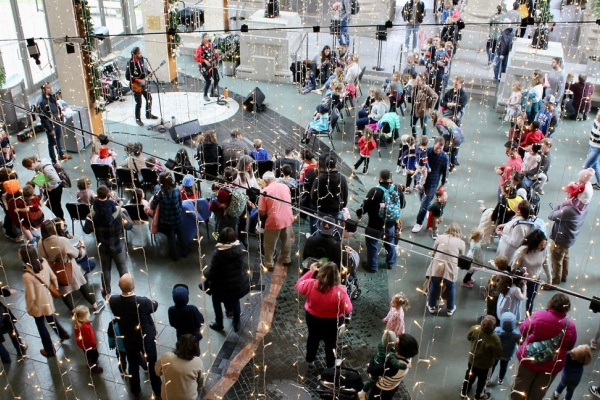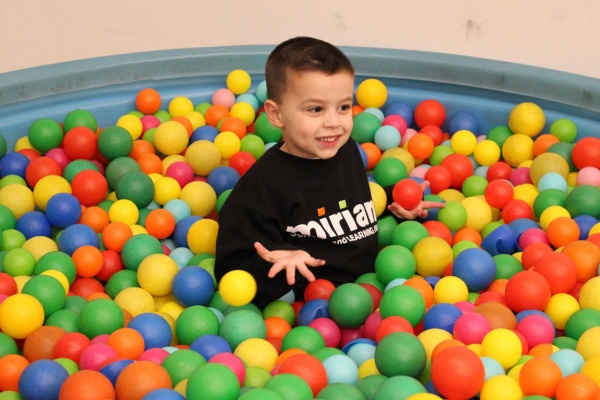
Lead Poisoning Worries Are Not Uncommon This Time of Year
 A few weeks ago a friend from a historic section of St. Louis received word that her baby boy’s lead level was high. She was quite worried, both about his neurological health and the fact that an inspector was going to be investigating her home – the home that she and her husband had devoted years to rehabbing, the home that was apparently making her child sick.
A few weeks ago a friend from a historic section of St. Louis received word that her baby boy’s lead level was high. She was quite worried, both about his neurological health and the fact that an inspector was going to be investigating her home – the home that she and her husband had devoted years to rehabbing, the home that was apparently making her child sick.
She mentioned her worries at a gathering of neighborhood families. I’ve received one of those letters, and I know well the knot in the stomach its stern wording produces.
Turns out, all but one of the families gathered that fall afternoon had received the same diagnosis at some point, with kids who now ranged in age from 13 years to 12 months.
Fall and early winter tend to be a busy time for lead testing results because children who are just starting (or returning to) child care and preschool were tested early in the school year.
According to Lead Safe St. Louis, 1 in 20 St. Louis children has a blood lead level at or above the level of concern set by the national Centers for Disease Control and Prevention. This level has decreased over the years; it’s currently at 10 micrograms per deciliter of blood.
One of the main risk factors for lead contamination is housing stock built before 1978. In the city, that covers more than 90 percent of the homes. The county is better off, but not by much. The Lead Hazard Control Program in St. Louis County found that 76 percent of its homes were built during a time period when lead paint was still commonly used.
Child care facilities in most of the Missouri metro area must collect proof of a lead test for young children attending their programs. This is how most parents find out about their child’s elevated lead levels – anecdotally, most children test at less than 13 micrograms per deciliter and are not showing any outward signs of lead poisoning, like stomach aches, behavior problems or hyperactivity.
In my own son’s case we never did find the source of the lead contamination, though I suspect it was a new sandbox his preschool installed right around the time his lead results took an upward bounce.
A few days after the party, my neighbor happily posted on Facebook that a very nice inspector had come and discovered that the exterior wall next to their front door, which they had stripped of most of its old paint, still had enough contamination that when its dust was trailed into their home by the kids, it left enough residue to raise their toddler’s lead levels.
Our bodies excrete lead as a waste product every day, so in a child with slightly elevated lead levels is eventually going to get back into the healthy zone – assuming that the source of the lead is cleaned up.
Another good strategy for minimizing lead’s dangers is to eat nutritious foods that are rich in iron (leafy greens, beans, fish, eggs and meat) and calcium (milk and other dairy products).
My neighbor’s son will need another test in about three months. She has her fingers crossed that their attention to the wall – and the cold weather that has everyone staying indoors more – will bring her baby back into the safe zone.
To learn more about lead poisoning and prevention, visit www.cdc.gov/nceh/lead.

By Amy De La Hunt, Health blogger for SmartParenting
By day, Amy De La Hunt hears plenty of good information and advice about parenting and child development in her role as curriculum developer for Parents as Teachers, a St. Louis-based nonprofit. And every evening her sons, ages 9 and 6, bring home the reality that there is plenty of parenting wisdom yet to be revealed. Her "a-ha moments" frequently make their way into her health-related posts for St. Louis Kids. She also writes about food, restaurants, nutrition, and other lifestyle topics for the St. Louis Post-Dispatch, Alive magazine, and Gayot.com. At their home in St. Louis, Amy and her sons dabble in gardening, art, reading, cooking, running and raising chickens in the backyard.

Amy De La Hunt is a journalist and editor who lives in the St. Louis metro area and works across the country as a writer, copy editor, project manager and editorial consultant on everything from fiction books to monthly magazines to blog posts. When she's not chauffeuring her teenage sons to activities, Amy is an enthusiastic amateur cook, landscaper, Latin dancer and traveler. Follow Amy on Instagram @amy_in_words





















